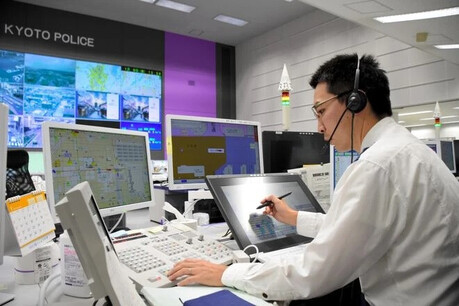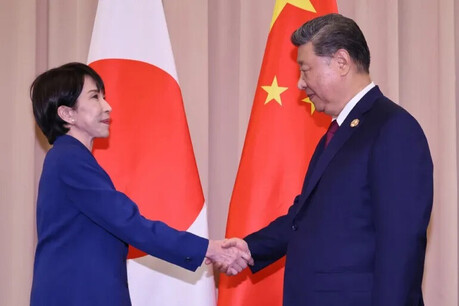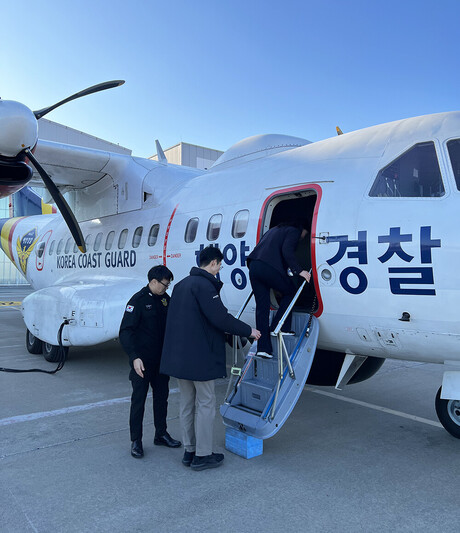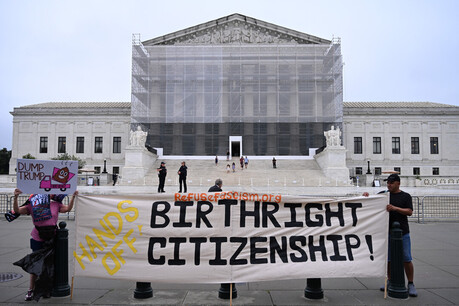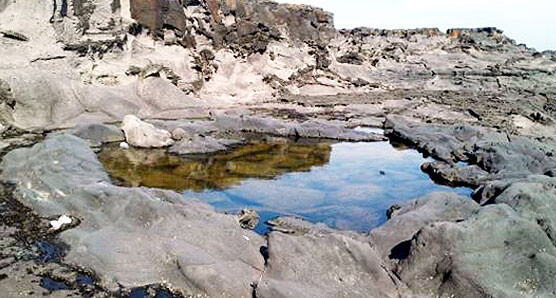
Jeju City, South Korea – Jeju Special Self-Governing Province is set to pioneer the use of artificial intelligence (AI) in groundwater management. Starting this year, the province will introduce an advanced water level monitoring system, utilizing AI technology to analyze data from its 151 existing groundwater monitoring stations.
The new AI-based system will leverage two decades of accumulated big data, including groundwater usage, rainfall, and meteorological data, to forecast fluctuations in groundwater levels and future usage patterns. This proactive approach will enable the province to anticipate droughts and implement preventive measures such as water conservation alerts when levels fall below critical thresholds.
A key focus of this initiative is to effectively manage groundwater quality. By classifying groundwater into four quality levels, Jeju has developed tailored pollution reduction plans for each region. The province has identified areas with Grade 3 groundwater, such as Hanlim-eup, Hangyeong-myeon in Jeju City, and the western region of Daejeong-eup in Seogwipo City, as priority areas for management.
To further enhance groundwater management, Jeju will introduce a target water quality management system in 2025. This system aims to reduce groundwater pollution caused by livestock waste and chemical fertilizers in designated areas, thereby improving water quality from Grade 3 to Grade 2.
"By integrating groundwater data and leveraging AI analysis, we aim to share information transparently and manage groundwater more efficiently and systematically," said a provincial official.
Jeju Island, a volcanic island with highly permeable bedrock, relies heavily on groundwater for its water supply, with 96% of its water consumption coming from underground sources. While the current groundwater information management system provides real-time data on water levels, usage, and temperature, the integration of AI will enable the province to analyze groundwater reserves, extraction potential, and contamination levels, providing a comprehensive foundation for both utilization and conservation.
[Copyright (c) Global Economic Times. All Rights Reserved.]
















